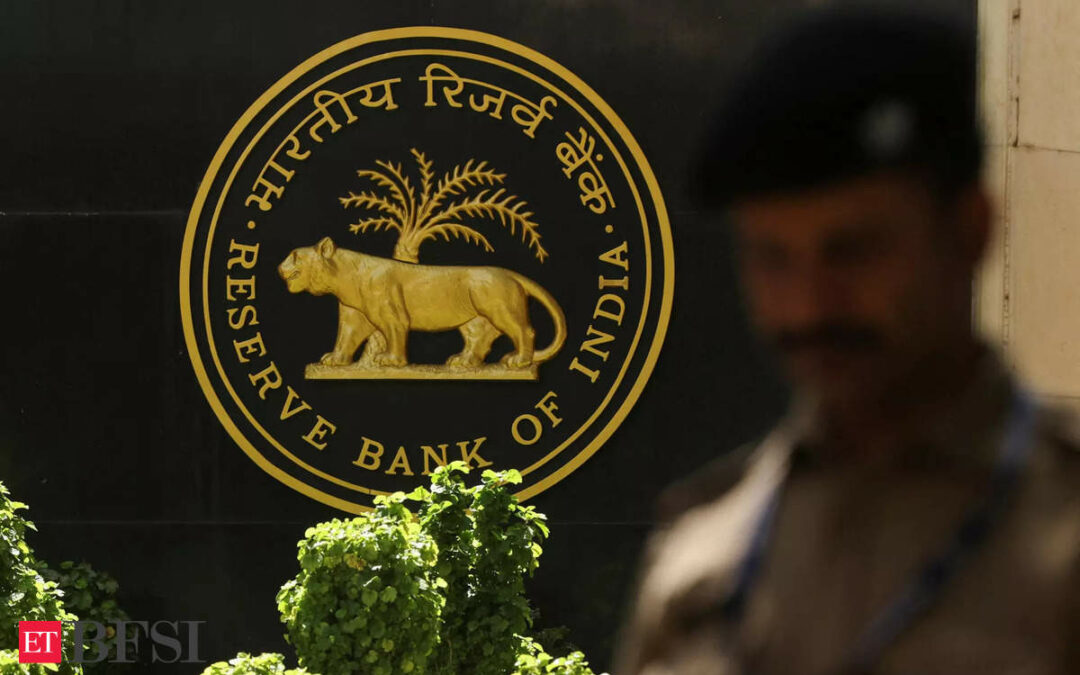The Reserve Bank of India (RBI) is likely to keep its benchmark repo rate unchanged at 6.5 percent for the fourth consecutive time during the forthcoming meeting of the Monetary Policy Committee (MPC) scheduled from October 4 to 6. The credit policy will likely maintain the existing rate structure and policy stance, due to the persistence of high inflation, currently at 6.8 percent, and concerns over the Kharif output, particularly regarding pulses, which could exert further upward pressure on prices.
As the six-member rate-setting panel prepares to convene, it does so against the backdrop of mounting economic challenges, both domestically and internationally. Domestically, these challenges encompass a range of issues, including surging food inflation, an erratic monsoon adversely affecting kharif crops, elevated interest rates, and the relentless rise in global crude oil prices. According to a recent report by Care Ratings, these challenges have the potential to undermine consumption demand and economic stability.
RBI Governor Shaktikanta Das previously expressed concerns about recurring food price shocks and their impact on anchoring inflation expectations, a process underway since September 2022. While CPI-based inflation eased to 6.83 percent in August, it continues to remain above the RBI’s comfort zone of 2-6 percent.
Global factors at play
International factors, such as the sharp increase in global crude oil prices, have further contributed to the cautious approach. Since the August policy, international oil prices have averaged nearly $89 per barrel, up from around $79 per barrel at the time of the last RBI policy. This represents a significant 12.6 percent increase, heightening concerns over inflation and its impact on the economy.
Experts said the recent spike in crude oil prices and global bond yields will keep the MPC vigilant on inflation-growth dynamics.
GDP growth and inflation projections
Economists believe that the RBI is unlikely to change its GDP growth forecast in the upcoming monetary policy meeting. They expect the central bank to retain its growth projections at 6.5 percent for the fiscal year 2024, adopting a ‘wait and watch’ approach to assess festive demand trends and kharif crop production.
Regarding inflation projections, analysts anticipate minor revisions for the second quarter and fiscal year 2024. While some components of the food basket have cooled, price pressures persist in cereals, spices, and pulses. However, food inflation is expected to moderate in the coming quarters.
Despite the rise in global crude oil prices, experts suggest that this may not significantly impact retail inflation, as there will be pressure on oil marketing companies to refrain from raising retail prices for petrol and diesel, considering upcoming elections.
Liquidity management
In terms of liquidity management, the RBI is unlikely to announce specific measures. Liquidity conditions in the banking system have tightened significantly since the August policy meeting, transitioning from a surplus to a deficit. Systemic liquidity, which stood at Rs 2.1 lakh crore surplus in August, turned into a deficit of Rs 1.5 lakh crore by September 27.
The gradual withdrawal of the incremental cash reserve ratio (I-CRR) has not been sufficient to alleviate the liquidity deficit. Interventions in the foreign exchange market to support the rupee have also contributed to absorbing rupee liquidity.










